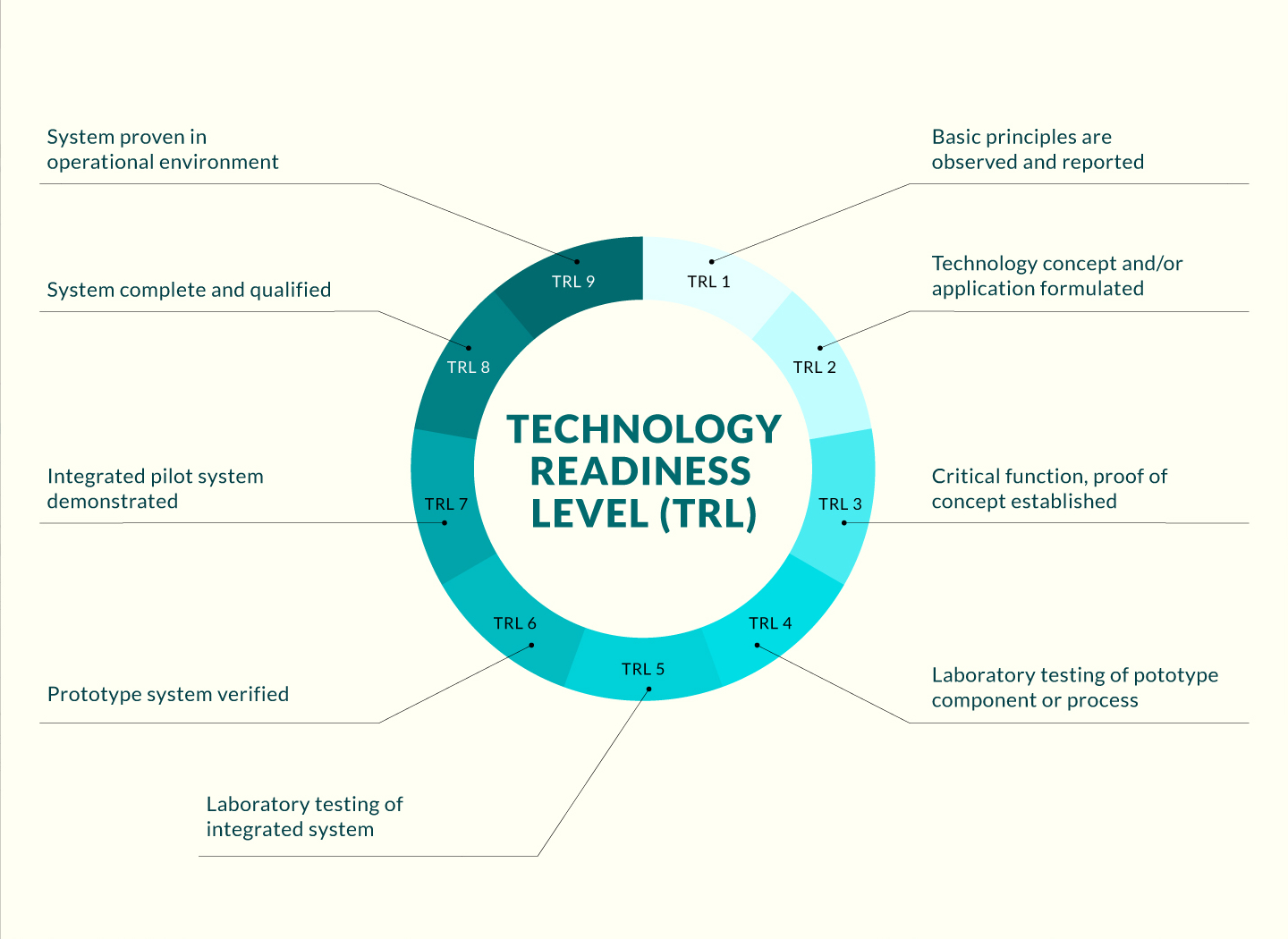

Opportunity
Polymer coatings with commercially available TiO2 nanoparticles can passively cool down buildings, but the cooling effect is limited by the UV absorption of TiO2. We proposed a fluorescence enhancement strategy to compensate the UV absorption and hence improve the solar reflection and the cooling coating performance, which will promote large-scale applications of the passive daytime radiative cooling technology for combating global warming and energy crisis.
Technology
Achieving passive daytime radiative cooling requires both high solar reflection and large infrared radiation that minimize heat gain and simultaneously maximize radiative heat dissipation, respectively. In our technology, introducing fluorescent pigments into commercially available white coatings competes with TiO2 on UV absorption and re-emit part of the absorbed UV light so as to further reduce the net heat gain from solar irradiation and also make the cooling coatings colorful.
Advantages
- Low cost and eco-friendly
- Compatible with commercial coating materials and current construction methods
- Energy saving
- No VOC
- Colorful coatings
Applications
- Building envelope
- Textiles and clothes
- Electronic and Optoelectronics
- Warehouse, plant and oil storage tank
- Electric vehicles
- Aircrafts and spacecraft




